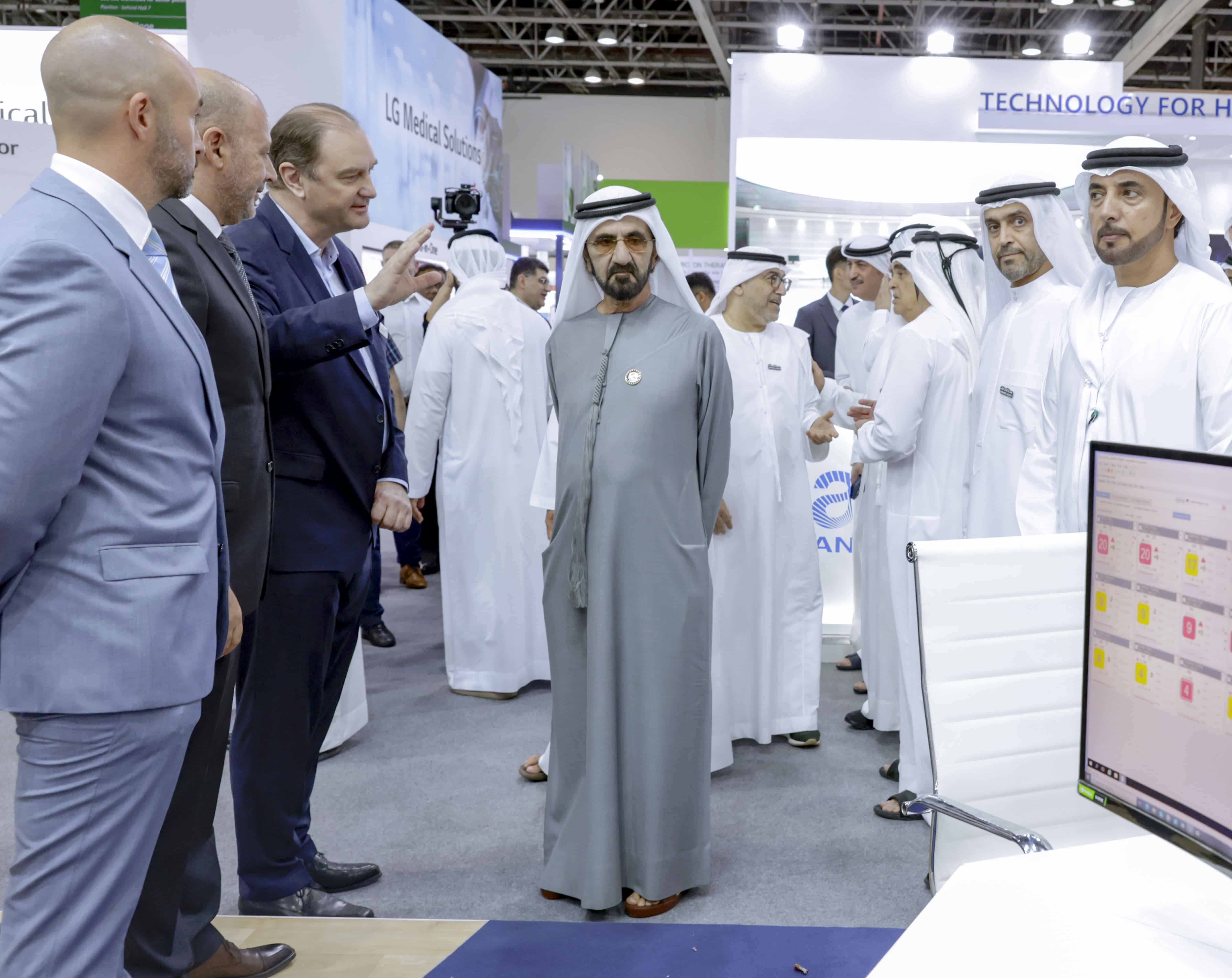Despite the considerable hype around the metaverse due to tech influencers such as Mark Zuckerberg who has renamed Facebook to Meta, claiming that it will be a primary platform for virtual reality, general interest in the metaverse has been recently waning thanks largely to some equally compelling influences.
The genesis of the much talked about metaverse era commenced with blockchain technology, a pioneering breakthrough that adds value to the Fourth Industrial Revolution. Metaverse applications then sparked an international frenzy over cryptocurrency, which has since ebbed away.
That’s when many crypto promoters and profiteers began promoting NFTs, transferring the hype to these tokens before pushing consumer entertainment to new frontiers through the consumer metaverse. Today, these same promoters have hitched themselves to a new bandwagon of AI Long Language Models (LLMs) such as Chat GPT.
However, the shift in hype from crypto to NFTs, consumer metaverse to LLMs did not undermine the central importance of blockchain technology, which remains the core component for many next-generation industries, surviving the rise and fall of fads, as well as the shifting hype and exploitation efforts by opportunists.
Like blockchain, the metaverse technology will also outlive its hype due to its robust foundation and diverse applications.
Consumer metaverse versus industrial metaverse
While the consumer metaverse is about connecting people, the industrial metaverse involves connecting tasks. Operating at the complex intersections of science and technology, the industrial metaverse is geared towards accelerating and optimizing industries and professions that require extra skills.
The industrial metaverse provides an improved model that can help us develop better products and achieve cost savings, all while enabling easier and more versatile experimentation, iteration, validation, and use of digital twins. The industrial metaverse technology can be applied to almost any industrial sector.
Despite the underlying challenges, the industrial metaverse is here to stay. Its presence will only deepen as time goes by.
Challenges lurking in the consumer metaverse
The current consumer metaverse still has a lot of technical and infrastructural drawbacks. For instance, most people cannot use VR glasses for a period of more than an hour without experiencing motion sickness.
In addition, the consumer metaverse requires very heavy levels of interaction between people. This will take super-fast internet networks requiring 5G or even 6G enhanced infrastructure. Moreover, entertainment requires devices with processing powers exceeding what is standard today. Without enhanced processing, image quality may be compromised.
Challenges
While we await solutions for these issues in the consumer metaverse over the next two to four years, it is crucial to understand that the industrial metaverse is not fazed by these same challenges, and for good reasons.
Firstly, the industrial metaverse will not typically require fast internet as in most industrial contexts, algorithms and programmes can be pre-uploaded to large-scale computers. Additionally and while consumer VR glasses typically need to be portable—which limits their processing power—industrial VR glasses are not affected by these technical limitations since their processors can sit in external drives. Also, for most industrial nonconsumer applications and use cases, current levels of processing power could be more than enough.
Therefore, I expect to see greater investment trends in industrial metaverse technologies as opposed to the consumer metaverse, despite the lack of hype around the former so far.
Investment trends in industrial metaverse
The industrial metaverse is transforming the way businesses and organizations manage data, create new products and services, and interact with customers.
The most disruptive impact of the metaverse will be the application of AR and VR to mechatronics and high-tech industry design such as architecture, engineering, medicine, and many other sectors that require predictive scenario analysis and visualization.
In stark contrast to legacy digital simulation approaches, industrial metaverse technology has the potential to offer true immersion, creating a leapfrog effect in terms of outcomes. As the human brain is wired to learn more in immersive environments, the capacity of the industrial metaverse to enable predictive scenario analysis and visualization will be phenomenal.
For example, surgeons would be able to predict the potential outcomes of a certain surgical incision in a specific area of a patient’s body before they make the incision. This could make wrong incisions a problem of the past.
The enhanced productivity of AI generative algorithms for scenario analysis, given they are integrated with metaverse systems, will create a multiplier effect, doubling the growth potential of the industrial metaverse. An industry that will continue to grow regardless of hype cycles, the industrial metaverse represents a highly stable and viable investment.
Use case: Precision Medicine
As the industrial metaverse ramps up, its impact will be far reaching beyond the industrial realm. It will create a direct impact on human lives through advanced healthcare, digital human avatars, human longevity, virtual surgical operations, Experimental Medicine and more.
For instance, biomarkers-based digital avatars, which are computer-generated representations of an individual’s biological variables, can be used to simulate medical scenarios and allow physicians to practice diagnosis and treatment methods in a virtual world. Meanwhile, AR and VR are changing the way experimental medicine is deployed, disrupting strategies in surgical training, rehabilitation, diagnosis and treatment planning.
This combination of digital human avatars and emerging biomarkers has the potential to revolutionize the way healthcare is delivered, reducing the time and cost associated with traditional medical care, and making it more accessible and cost-effective for patients.
From this point on, an investment in the industrial metaverse is an investment in the newest form of wealth — our own health.
Dmitry Kaminskiy is General Partner at Deep Knowledge Group.The opinions expressed are those of the author and may not reflect the editorial policy or an official position held by TRENDS.







